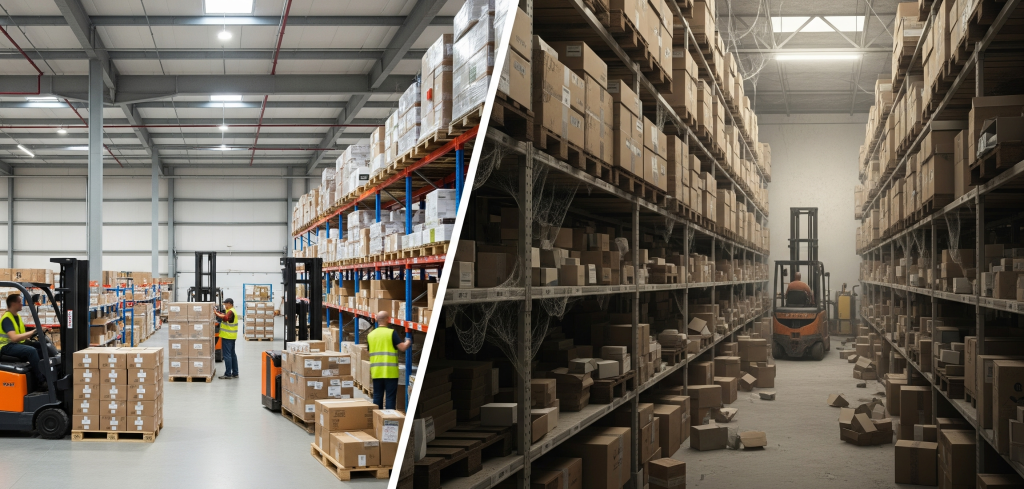Two Minutes Reading for business analysis
When you’re studying a company, one simple but powerful measure is inventory turnover—how quickly the business sells and replaces its stock.
High Turnover: A Healthy Sign ✅
A high inventory turnover ratio is usually positive because it shows:
-
Strong Sales – Customers are buying what the company offers.
-
Efficiency – Less cash wasted on storage, more available for growth, debt reduction, or shareholder returns.
-
Lower Risk – Goods don’t get outdated, spoiled, or marked down.
📌 Example: Costco – Famous for its lean operations, Costco restocks shelves constantly. This keeps cash moving and lowers the risk of stale stock.
Slow Turnover: A Potential Red Flag 🚩
A low or slowing inventory turnover ratio can mean trouble:
-
Weak Sales – Falling demand or tougher competition.
-
Poor Management – Ordering too much or missing customer preferences.
-
Tied-Up Cash – Money stuck in unsold goods instead of being used productively.
📌 Example: Bed Bath & Beyond (BBBY) – Before bankruptcy, BBBY’s shelves were filled with unsold products. Slow turnover drained cash and forced heavy discounts, signaling deeper problems.
What Investors Should Watch 👀
-
Compare turnover with industry peers (grocers vs. luxury brands differ naturally).
-
Track trends over time—slowing turnover can be an early warning.
-
Pair it with cash flow—healthy turnover often supports stronger free cash flow.
The Bottom Line 💡
High inventory turnover is usually a sign of a healthy, efficient business. Slow stock isn’t just dust on the shelves—it’s a red flag for investors.
👉 Follow me for more simple, smart investing strategy. ✨ Join the Relax to Rich Club—where we grow wealth the calm, thoughtful way.

